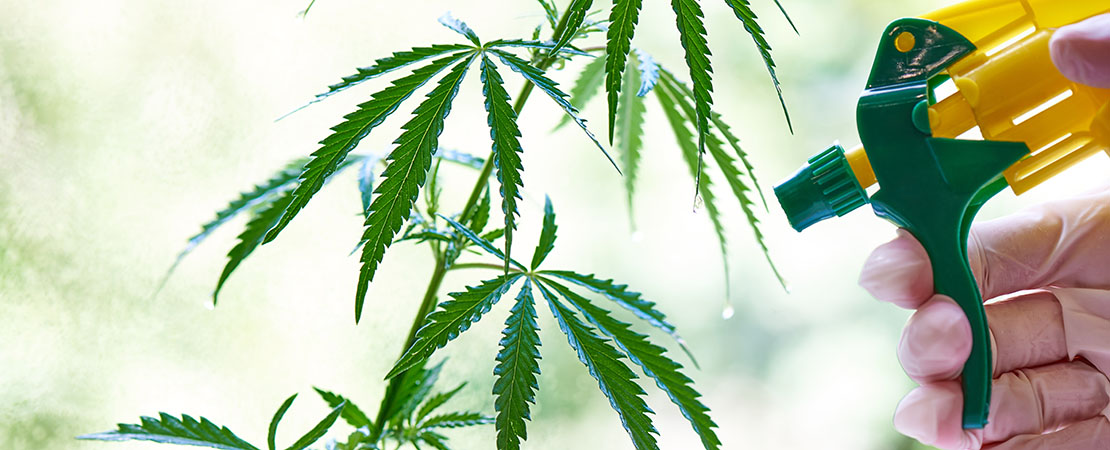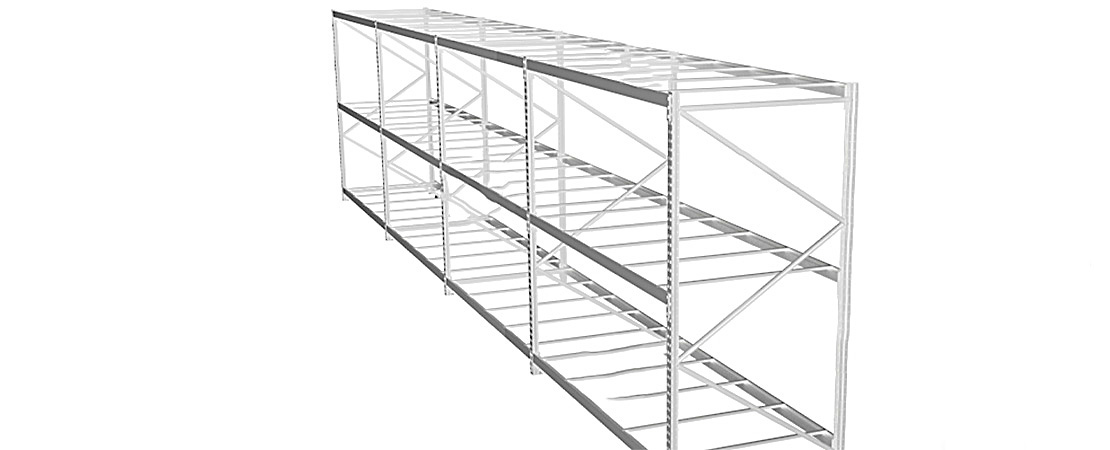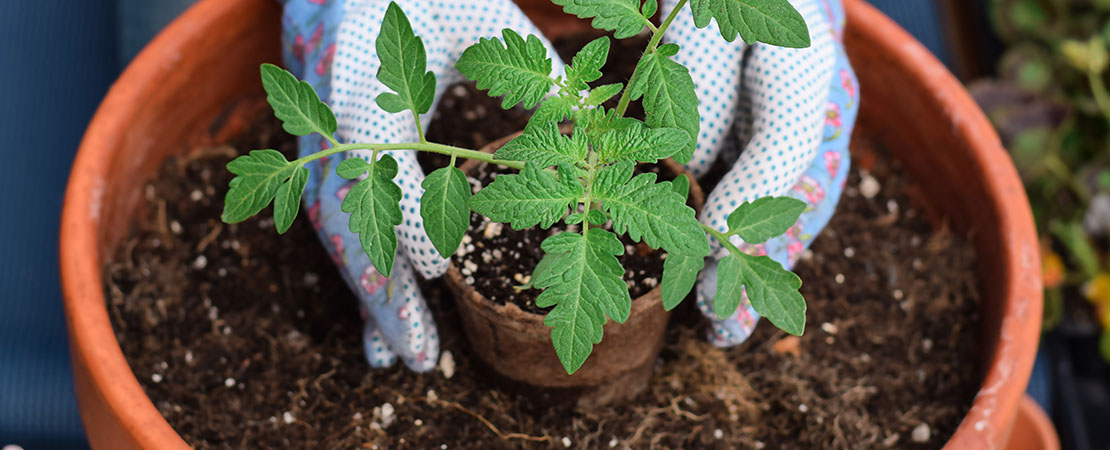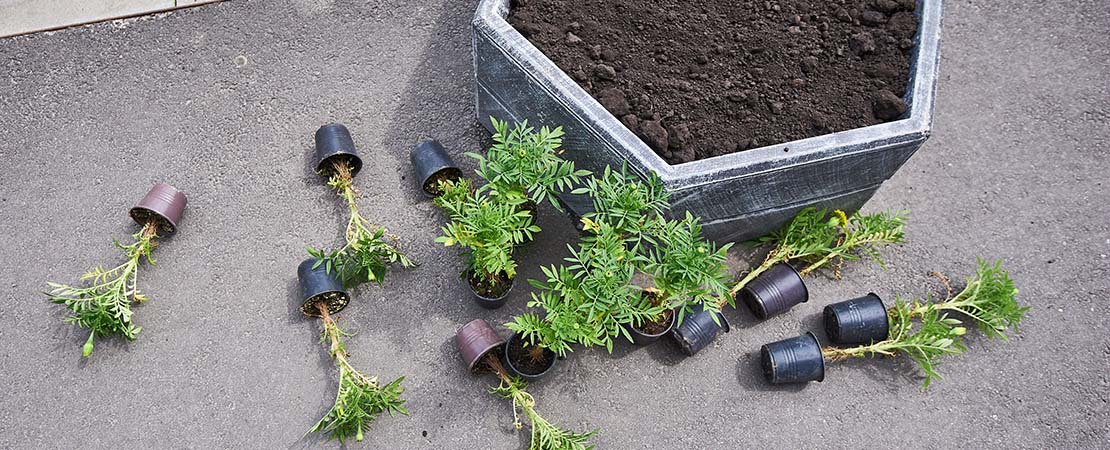An In-Depth Look At 1020 Trays For Your Cannabis Plants
You’ve got the ideal grow room with a top-notch ventilation system to match it. You also have the sterilized soil or growing medium of your choice, as well your premium cannabis seeds.
What’s next?
Germination trays (also known as seed trays).
Yes, there are a variety of germination trays that come in all sizes. However, there’s a common type used by greenhouse farmers known as 1020 trays, or referred to as the “standard” size tray.”
“These trays, which are also called ‘flats’, are available everywhere from hydroponic stores to Amazon and eBay.”
But there’s so much to know about these trays before getting your grow operation running as it should.
How are they used? What are the different types?
We shall look into all that and more.
What Does 1020 Mean?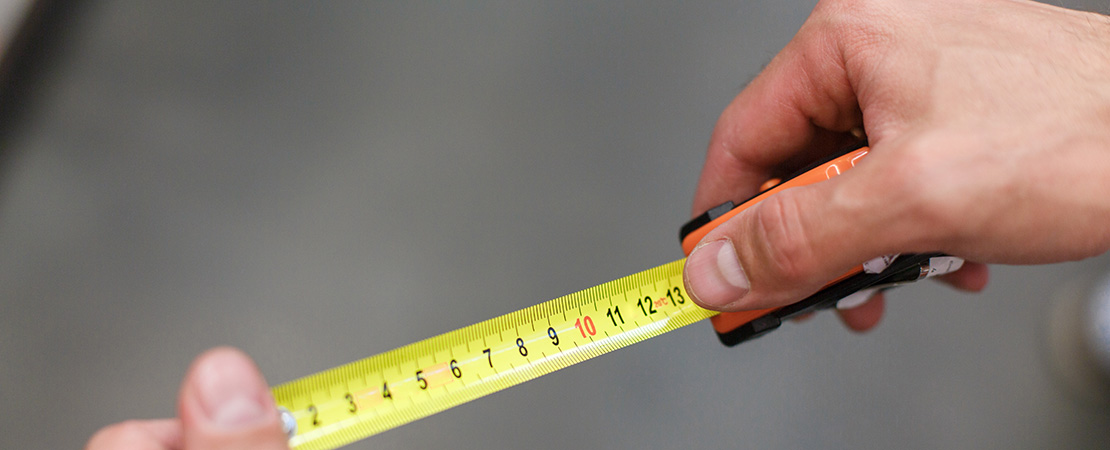
The term 1020 alludes to the tray’s length and width, approximately 10 inches by 20 inches.
In terms of metric measurements, it’s 25 by 51 cm.
The standard size tray is frequently larger than its 1020 dimension by an inch on both sides. The extra inches come in handy when adding pots to separate seeds in your tray; it provides more space at the edges to catch the overflow and extract the pots.
The planting trays can be utilized to create a large “field” of potting soil mix or divided into separate cells for individual plants — the distinct cells aid in making room for the roots of your cannabis seeds.
Moreover, in the case of propagating plug plants, seedlings sprouted and grown in single units; they are easier to transplant when planted in cells.
Because each seedling is in its own enclosure, the roots of the plants do not become entangled, safeguarding your plants’ roots when transplanting.
What Material Are 1020 Seed Trays Made Of?
Most 1020 seed trays are made of heavy-duty plastic. The plastic makes them light and durable at the same time.
The trays come in different colors, with black being the most popular. Others may prefer white or brightly colored flats to reflect light rather than absorb it, as in the case of black trays. The reflected light can benefit the plants.
Due to the material the flats are made of, 1020 trays are mostly sold wholesale to make economic sense for the manufacturers.
Moreover, for safety measures, consider checking for BPA-free food-safe polypropylene plastic.
BPA-free material is plastic manufactured without bisphenol A associated with various health conditions.
Plastics made without BPA are FDA-approved for food contact, otherwise known as food-grade plastic.
How Deep Should A Seed Tray Be?
The depth of 1020 greenhouse trays depends on what you grow and when you intend to transplant. Trays typically have a depth of 2 to 3 inches.
The idea is to avoid using too deep trays if you want your crops to drain properly. Otherwise, you’ll have waterlogged soil, which can lead to root rot, an irreparable infection that reduces crop yield.
For starting seeds, your 1020 germination tray needs to be deep (about 3 inches). The depth allows for more area for soaking the soil. The allowance also aids in keeping water from pouring over the edges.
Furthermore, if you’re planting in a grow room, the trays need to provide adequate space for the roots to spread out.
Good depth also gives you more time to transplant your cannabis plants to larger pots or your garden.
1020 Trays Are Classified Into Three Types
Trays are classified according to their drainage features. There are three standard trays.
1. Reservoir Tray Without Holes
Trays without holes are useful for an indoor operation, especially if you have a vertical growing system. They help reduce the risk of water leaking onto the floor or contacting the light below.
Such flats come with deep bottom channels to help prevent overwatering.
However, because of their waterproof design, which even retains runoff, you must be careful not to overwater the plants.
2. Reservoir Tray With Holes
If good drainage is a priority, a germination tray with holes is your best bet. Such trays are ideal for cultivating cannabis plants on our tabletop caster unit.
However, these flats create a challenge in managing excess water flow when growing plants in an indoor grow room. Therefore, drainage is something you really need to consider when using this type of 1020 greenhouse trays.
3. Mesh Tray
Mesh trays are similar to trays with holes, but their grid structure of perforations makes them excellent for hydroponic propagation.
Hydroponic cultivation is a type of cannabis growth that employs nutrient-rich water as the growing medium.
This 1020 tray type, as the name implies, has many holes that regulate the free flow of water, allowing your plants to receive all of the nutrients they require.
How Are 1020 Trays Used? Learn About These Top 5 Ways
1020 seed trays are made to accommodate various methods of planting your cannabis plants. Here are 5 ways you can use 1020 trays.
1. Planting Directly
The propagation trays can be used as one large tray with no cells to separate the seeds. You only need potting soil mix. This method saves time because you don’t have to transplant into pots. There is enough space between the crops to grow into robust shoots.
Additionally, since you only need the buds from your hemp, you can uproot the plant and replant it in the same position once you’ve harvested your buds.
2. Grouping In Pots
Keeping your plants in pots arranged within the trays makes it simple to transport them. On the other hand, pots come in various sizes and forms, often taking up a lot of space, thus limiting you to only planting a few crops.”
As a result, this method of growing may not be cost-effective for large-scale farming.
3. Planting Seedlings (In A Seedling Cell Tray)
Seedling cell trays are useful for growing your seedlings. When growing cannabis, you can choose to transplant seedlings into pots or your farm.
For the same 1020 tray, a seedling cell tray has up to 125 dividing cells. The cells aid in the separation of seedling roots for easier transplanting.
4. Growing In Punnets
Punnets are rectangular containers with drainage holes at the bottom that can be filled with soil to grow your plants.
They are available in various sizes to match the needs of your cannabis plants. The 1020 greenhouse tray can hold roughly ten of the regular-size punnets.
The punnets make cultivation easy as they are not monolithic like the seedling cell. Therefore, you can easily extract any punnets for a closer look at the plant or to remove any unhealthy ones.
5. Organizing Square Pots In A Grid
Unlike punnets, square pots fit nicely in a 1020 tray and allow for more seedlings. They are also custom-fitted and have ample space for roots to flourish. They are, however, not as large as punnets.
Twenty average-sized pots fit in the standard-size tray. The pots leave some space between them, making it easy to remove the pots off the tray.
The square pots make it simple to care for your plants and keep your workspace tidy.
How Long Can Seedlings Stay In A Tray?
The amount of time plants can be in the tray and remain healthy is highly dependent on the potting system you’ve chosen.
The potting system will determine the capacity of your roots. The faster the roots can occupy the available space, the sooner you have to remove the plants from the trays.
For example, if you plant seeds in a 200 cell tray, crops that grow quickly are ideal as there is plenty of space for a robust root system. However, as soon as the crops sprout, they’ll have to be transplanted to larger pots. If you choose a 128 cell tray, the partitions are larger, allowing the plants to stay in for a little longer.
Alternatively, you could opt for a 72 cell tray. The partitions have larger capacities, allowing your crops to thrive in the 1020 tray for up to 3 months before needing to be transplanted.
Fewer cells equal more time in the trays for your crops. Additionally, if you use punnets or square pots, your cannabis plants will be able to mature comfortably.
The number of plants you can grow in your trays is also determined by how well you have set your grow room ventilation.
How To Clean Your 1020 Trays
If you have purchased heavy-duty 1020 trays for your operation, then they are reusable. Here are tips to ensure your trays are clean for every growing season.
- Remove any leftover dirt and root matter.
- Spray the trays with high velocity to remove stubborn debris.
- Wash the cleaner trays in hot soapy water or use your dishwasher.
- Rinse your trays with clean water and allow them to air dry.
- You can further sterilize with H2O2 or a mild bleach solution. H2O2 stands for hydrogen peroxide, an organic compound used in soil sterilization.
Improve Your Grow Room With Heavy-Duty 1020 Trays
Using 1020 trays in your grow room will help ease your workflow and keep the room neat. Their design makes them durable and reliable for your cannabis plants. Whether you have starting seeds or fully grown marijuana plants, 1020 trays will serve the purpose.
MMI agriculture offers vertical growing solutions that will complement cannabis cultivation efforts. Contact us for an assessment of your grow space as well as installation services. Also, check out our retractable elevated decking that is sure to help you optimize your grow space.


































